This is the fourth installment of Mourvèdre Monday, VINEgeek’s yearlong deep-dive into the Mourvèdre/Monastrell/Mataro grape. Check out the other posts in the series here.
After I announced that 2010 would be The Year of Mourvedre here at VINEgeek Enterprises, I got lots of great recommendations from my fellow winos. This bottle was suggested by @Sonadora of Wannabe Wino blog.
Producer: Juan Gil
Grapes: 100% Monastrell (the Spanish name for Mourvèdre)
Appellation: Jumilla (say who-ME-ya)
Vintage: 2007
Vineyards: From estate vineyards of 40+ years of age. Soil: “shallow, chalky soils on a bed of limestone and rock”
Winemaking: 12 months in French oak barrels (not sure what % new)
Alcohol: 15%
Price: I paid $12 at Spec’s in Austin.
My tasting notes: Very deep color. On the nose I get dusty red and black fruit accented by a rich, chocolate/mocha note, mint and a spicebox character. There’s also a touch of greenness, as if you could smell the grape stems. In the mouth, it delivers ripe plummy/blackberry fruit, a brighter blueberry note and a touch of earth with chewy, grippy tannins in a full-bodied package. Enough acid on the finish and good, spicy length, though the alcohol can be felt in a sort of cool-mint kind of way. It really opens up with time in the glass and on the second day.
Overall impression: A rich, heady mouthful of flavor that avoids crossing the line into fruit bomb territory, yet delivers “oomph” for a reasonable price. B/B+
Free association: Something about this wine makes me think of Mr. T as B. A. Baracus. According to Wikipedia, in Spain he was known as Mario Baracus. Awesome.

More info:
This wine was scored 90 points by Josh Raynolds, for Stephen Tanzer’s International Wine Cellar.
Check out the chalky soil and gnarly vines (note: I don’t know for sure if this photo is of the vineyards used for this bottling or other Juan Gil bottles):
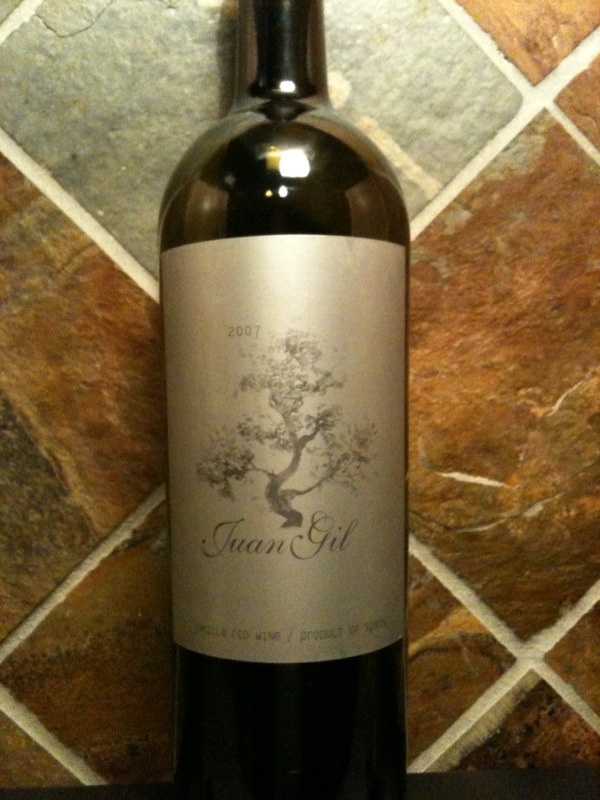
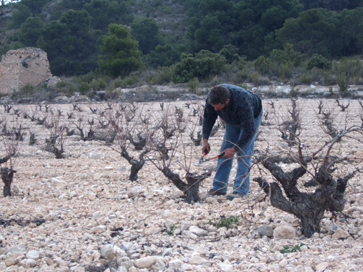
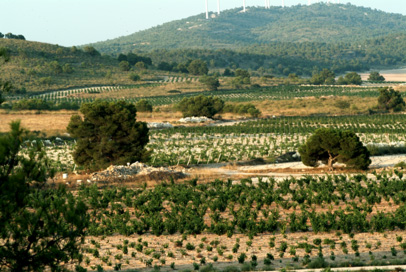
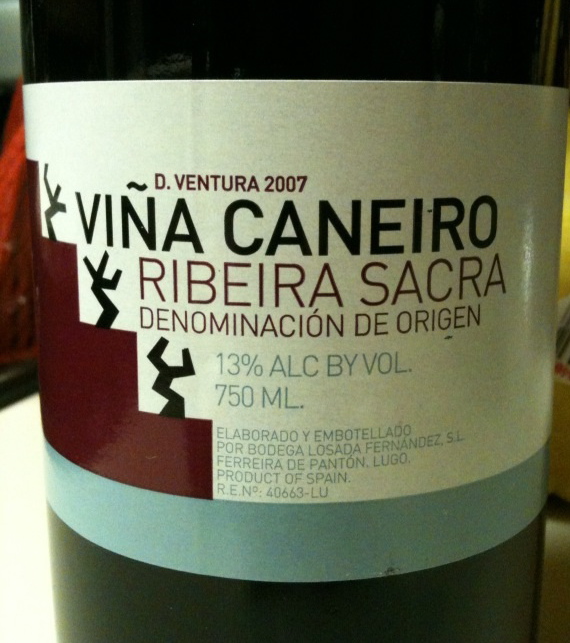
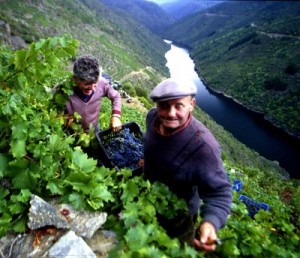
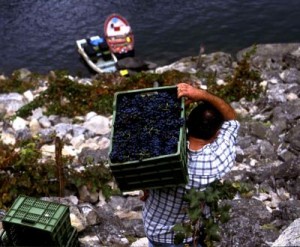
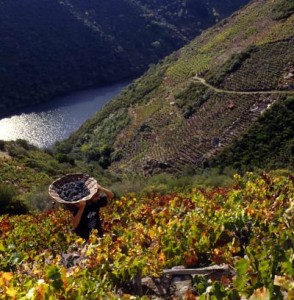
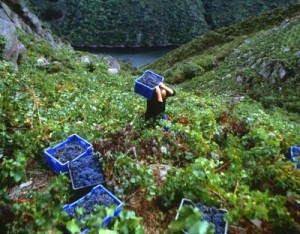
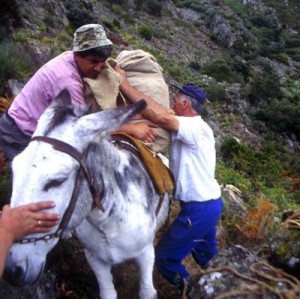
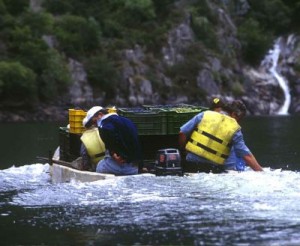
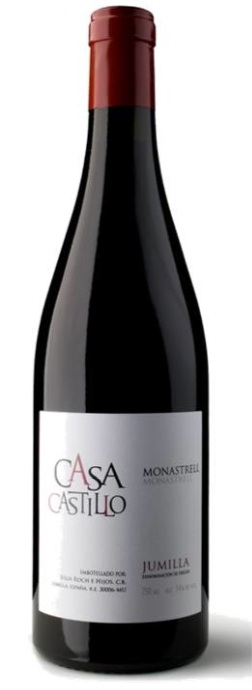
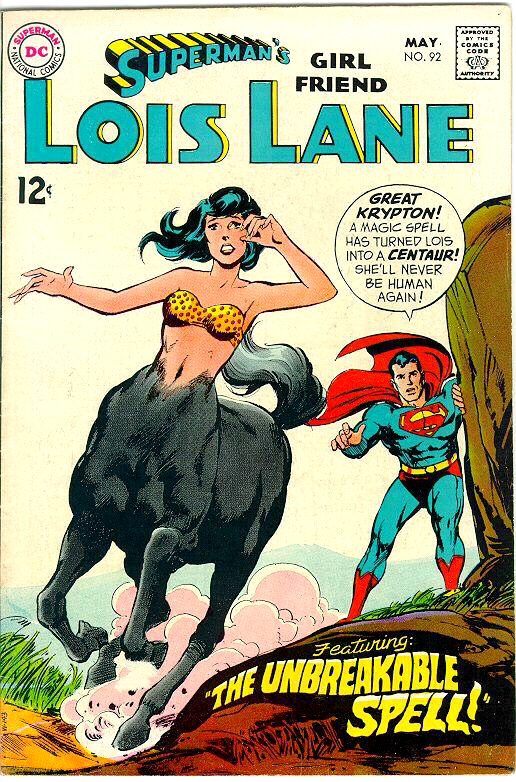
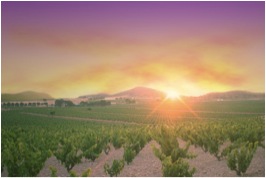
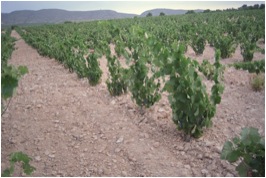
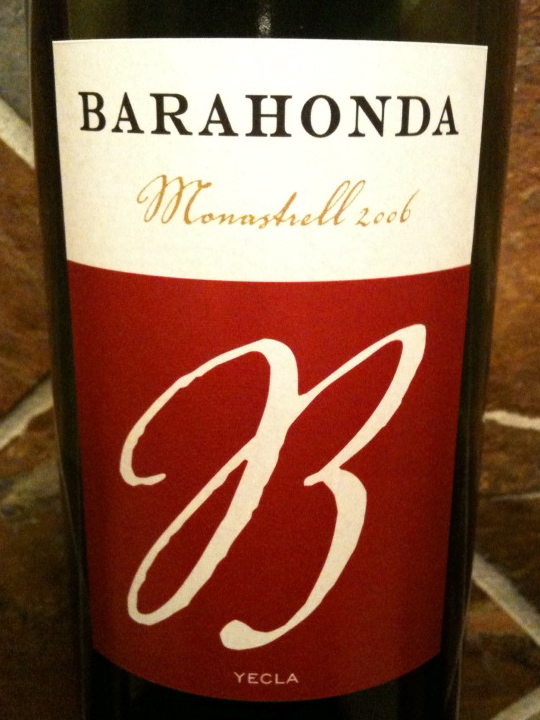
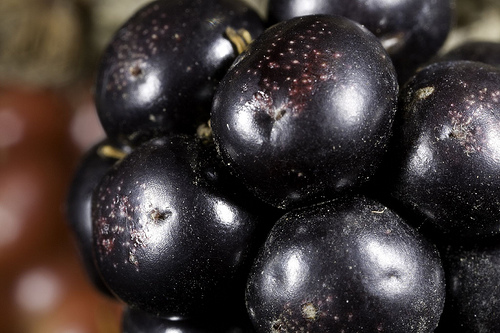
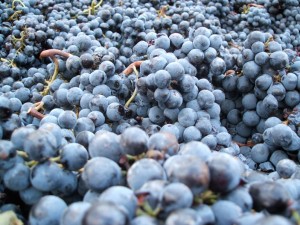
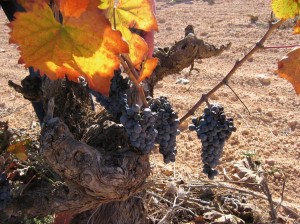
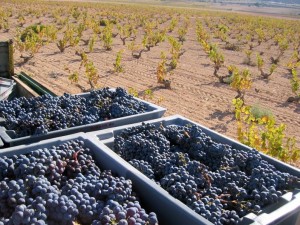
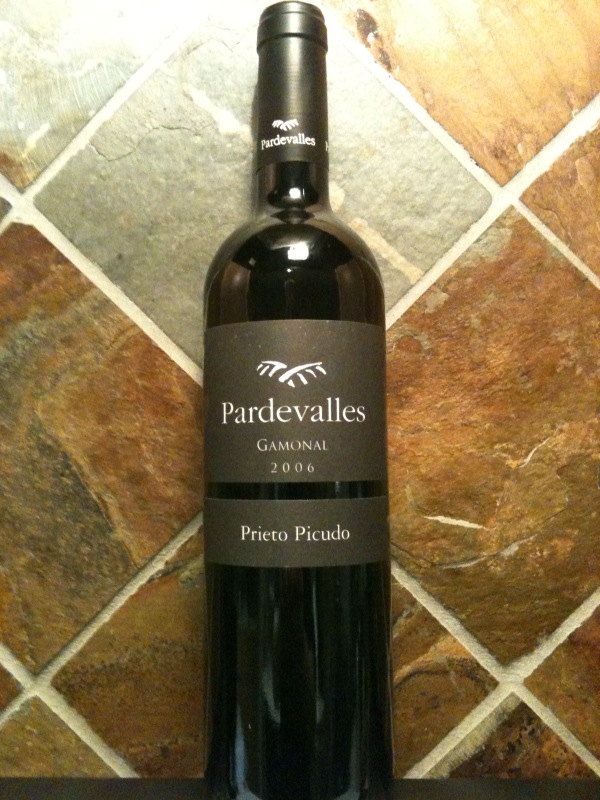 Producer: Vinedos y Bodega Pardevalles
Producer: Vinedos y Bodega Pardevalles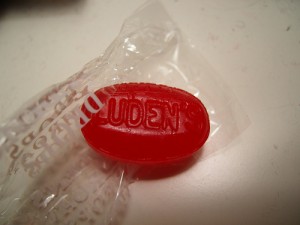
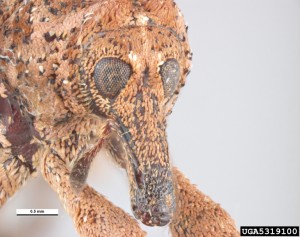
 Chapillon Cuvée Harmonie 2006
Chapillon Cuvée Harmonie 2006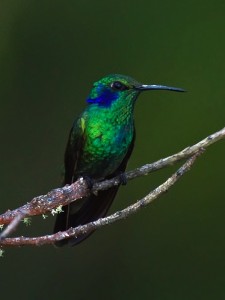
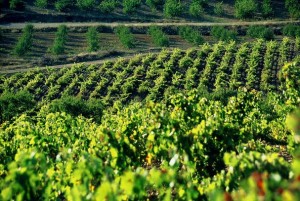
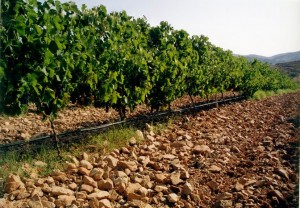
 I typically look for wines with specificity: a single grape variety, a single vineyard, etc. I like to think I can learn more that way and that I’m getting a truer essence of something or other. But I’m also a sucker for interesting blends. I imagine the best qualities of each grape marrying together into a delicious whole. I’m especially a sucker for Viognier in the blend, as I assume it will add that I-could-sniff-this-all-night floral quality to the nose. So that’s how I ended up picking this bottle up on a recent trip to the wine shop.
I typically look for wines with specificity: a single grape variety, a single vineyard, etc. I like to think I can learn more that way and that I’m getting a truer essence of something or other. But I’m also a sucker for interesting blends. I imagine the best qualities of each grape marrying together into a delicious whole. I’m especially a sucker for Viognier in the blend, as I assume it will add that I-could-sniff-this-all-night floral quality to the nose. So that’s how I ended up picking this bottle up on a recent trip to the wine shop.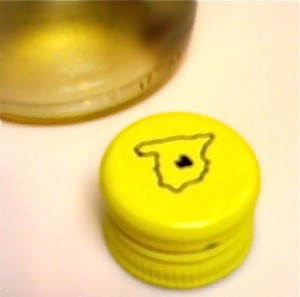
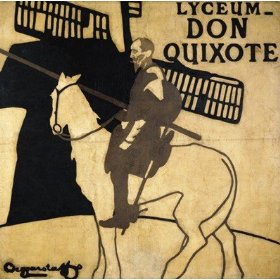
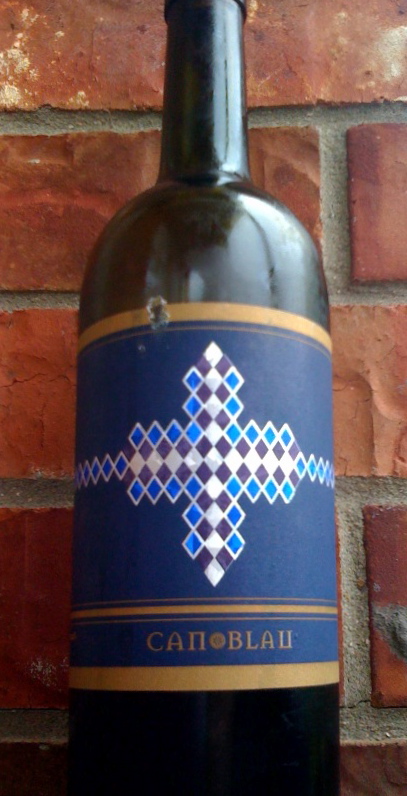 Okay, maybe you’re getting tired of me posting about Montsant, but I’m going to keep trying them as long as they keep impressing me. Let’s check this one out.
Okay, maybe you’re getting tired of me posting about Montsant, but I’m going to keep trying them as long as they keep impressing me. Let’s check this one out.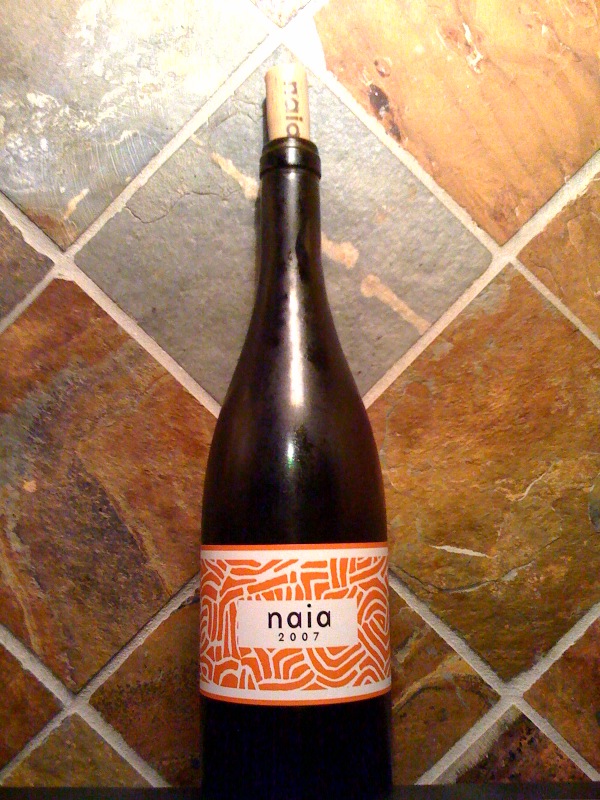 After having a very nice Rueda Verdejo last week, this bottle caught my eye when I was at the wine shop. I opened it for tonight’s penne with pesto, potatoes and green beans.
After having a very nice Rueda Verdejo last week, this bottle caught my eye when I was at the wine shop. I opened it for tonight’s penne with pesto, potatoes and green beans.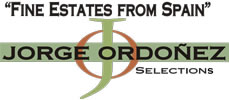
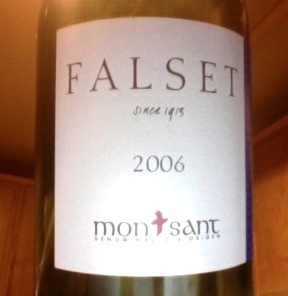 Producer: Falset Marçà
Producer: Falset Marçà